Bush dogs, though widespread, are mysterious and difficult to spot creatures. These mammals are native to South America, and parts of Panama and Costa Rica. Consequently, the natives of these areas refer to them as water dogs, vinegar dogs, forest dogs, and vinegar foxes.
They are members of the canine family, which makes them distant relatives of wolves, coyotes, domestic dogs, foxes, and more. Read on to learn about the bush dog.
Description of the Bush Dog
These small canines stand no taller than 12 inches at the shoulder, and generally weigh no more than 18 pounds or so. This size, combined with their brown fur and slightly elongated muzzle, makes them look like a miniature bear.
Unlike bears, they have a moderately long tail. While their tail isn’t quite as long as a wolf’s, the bush dog’s tail measures in around 5 in. long. The fur on their legs, tail, and underbelly, is all black.
Interesting Facts About the Bush Dog
Bush dogs aren’t very closely related to any other canines in North America. In fact, scientists cannot quite pin down who their closest relative is. What we do know: bush dogs are unique little canines!
- Wild Roots – It is possible that bush dogs have relative in Africa! They share some genetic similarities with African wild dogs. Additionally, they have the same unique tooth structure. Both canines have especially elongated molars, called trenchant heel dentition. Only one other canine in the world also has this trait, the Asian dhole.
- Rainforest Dweller – Some of the primary habitat of these dogs is the Amazon rainforest. Anyone even slightly familiar with rainforest knows it can be very wet! To help compensate for the sometimes-watery environment, bush dogs have partially webbed feet. Webbing between their toes helps them swim more efficiently.
- Daytime Living – Unlike many North American canines, bush dogs are diurnal. They prefer to hunt and socialize during the day, and hide from predators at night. They seek the shelter of dens, such as armadillo burrows or hollow trees, to sleep in at night.
- Group Project – Speaking of socializing, these intelligent canines will work together to hunt for food. They are skilled hunters, and work cohesively to capture prey. One member of the pack will drive prey towards the other members. Packs know that prey usually flees into the water for escape, so the other members usually hide in or around the water when hunting.
Habitat of the Bush Dog
This species is not particularly picky with their habitats. They will live in a variety of places, as long as they have easy access to water for hunting and drinking. Some of their preferred habitats include rainforest, seasonally flooded forest, wet savanna, mangroves, and more. Of these habitats, they prefer dense forests with plenty of cover for hunting prey.
Distribution of the Bush Dog
Bush dogs are at home throughout much of South America, and portions of Central America. The northernmost reach of their range extends into Costa Rica, down through Panama, and into South America.
On the opposite side, the southernmost reach of their range spreads from Bolivia and Paraguay down to southern Brazil. Throughout this range, they are quite rare. The only areas bush dogs can be found with any consistency are Peru, Guyana, and Suriname.
Diet of the Bush Dog
Like most canines, bush dogs are primarily carnivorous. This means that they eat meat. Also like many canines, they will work together as a pack to capture prey. When they work as a pack, these dogs can bring down larger prey that feeds them for longer. Some common prey items include large rodents, pacas, capybaras, agouti, rheas, peccaries, and even tapirs.
Bush Dog and Human Interaction
Because of their reclusive nature, these mammals do not interact with humans very frequently. Their natural habitat of dense forest is not particularly inviting to the average human. Despite this, native people do hunt them occasionally for their meat and fur.
Instead of direct interaction, most human interaction occurs indirectly. Deforestation, habitat destruction, and pollution all impact these canines in a negative fashion. These considerations are why the IUCN Red List lists bush dogs as Near Threatened.
Domestication
This canine species has never been domesticated in any way.
Does the Bush Dog Make a Good Pet
Even though they look a little like a domestic dog, bush dogs are wild animals. This fact alone makes them poor candidates as pets. While they are small, they could still cause injury and destruction in a household setting.
Bush Dog Care
In zoos, bush dogs live in habitats with dense vegetation and plenty of hiding places. They are also quite social, so it is important to have multiple animals so that they do not get lonely. In any zoological setting it is important to replicate wild diet as closely as possible. Because of this, we can assume that a diet with numerous rodents and other meat sources would be beneficial to this species.
Behavior of the Bush Dog
These social dogs are skilled at working together to search for prey. Groups of bush dogs, called packs, are cohesive units. They dominant pair reproduces, and the others will help care for the young. All hunting and activity occurs during the daytime, and packs retreat to dens at night. This diurnal behavior allows them to avoid predators, such as jaguars.
Reproduction of the Bush Dog
Female bush dogs can breed throughout the year. This means that they do not have a specific breeding season. They scent mark with their urine to indicate when they are ready to mate.
After 65 – 83 days, the female gives birth to a litter of babies called pups. Litters usually contain between 3 and 6 pups, but up to 10 are possible. They wean their pups approximately a month after birth. Female pups can then breed when they are a year old.


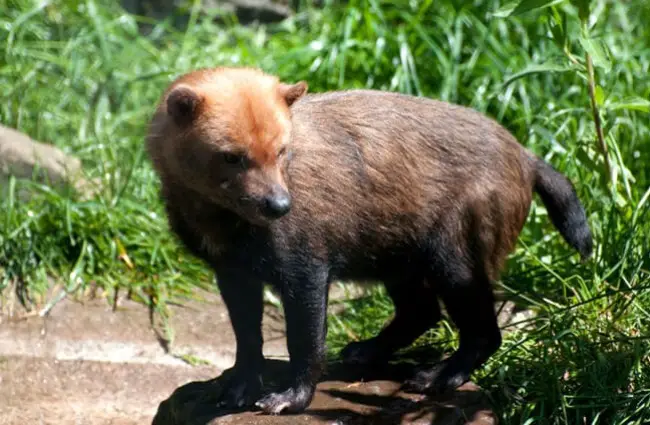


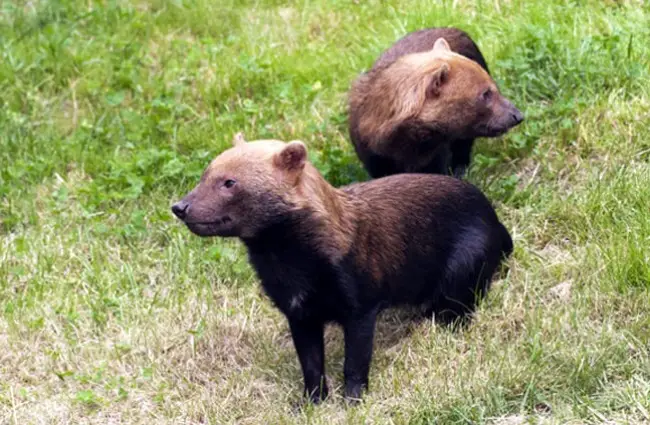
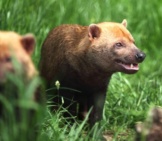
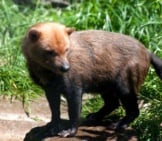
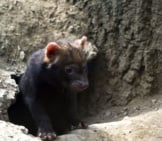


![Red Angus Closeup of a beautiful Red Angus cowPhoto by: U.S. Department of Agriculture [pubic domain]https://creativecommons.org/licenses/by/2.0/](https://animals.net/wp-content/uploads/2020/03/Red-Angus-4-238x178.jpg)












![Red Angus Closeup of a beautiful Red Angus cowPhoto by: U.S. Department of Agriculture [pubic domain]https://creativecommons.org/licenses/by/2.0/](https://animals.net/wp-content/uploads/2020/03/Red-Angus-4-100x75.jpg)

